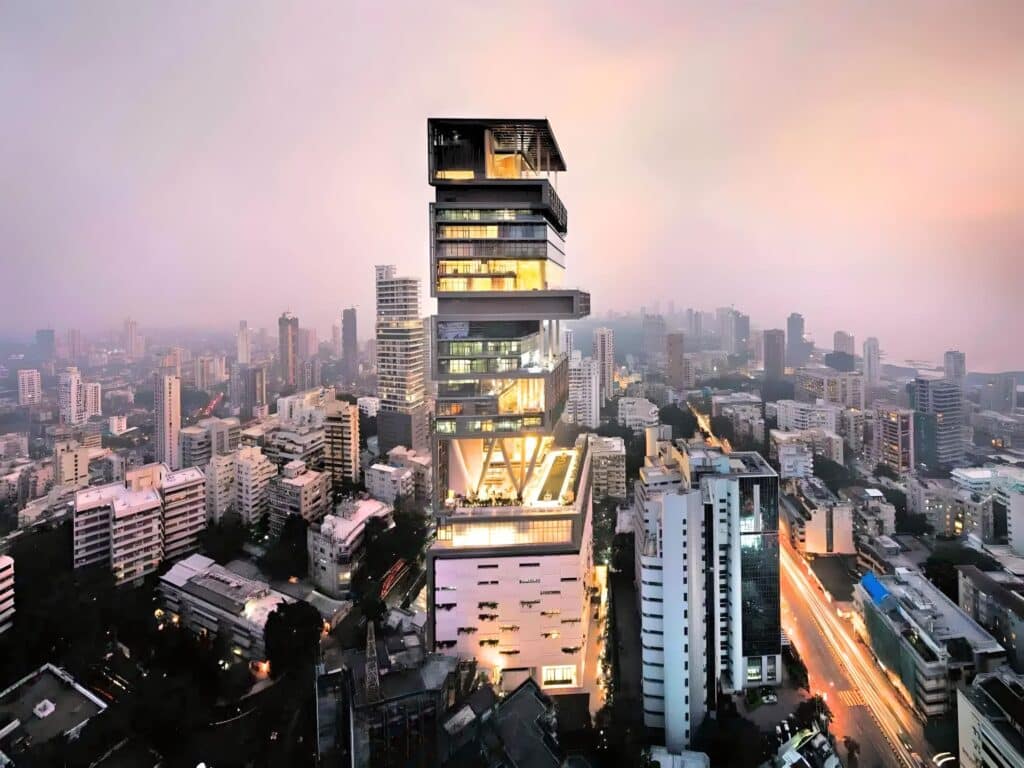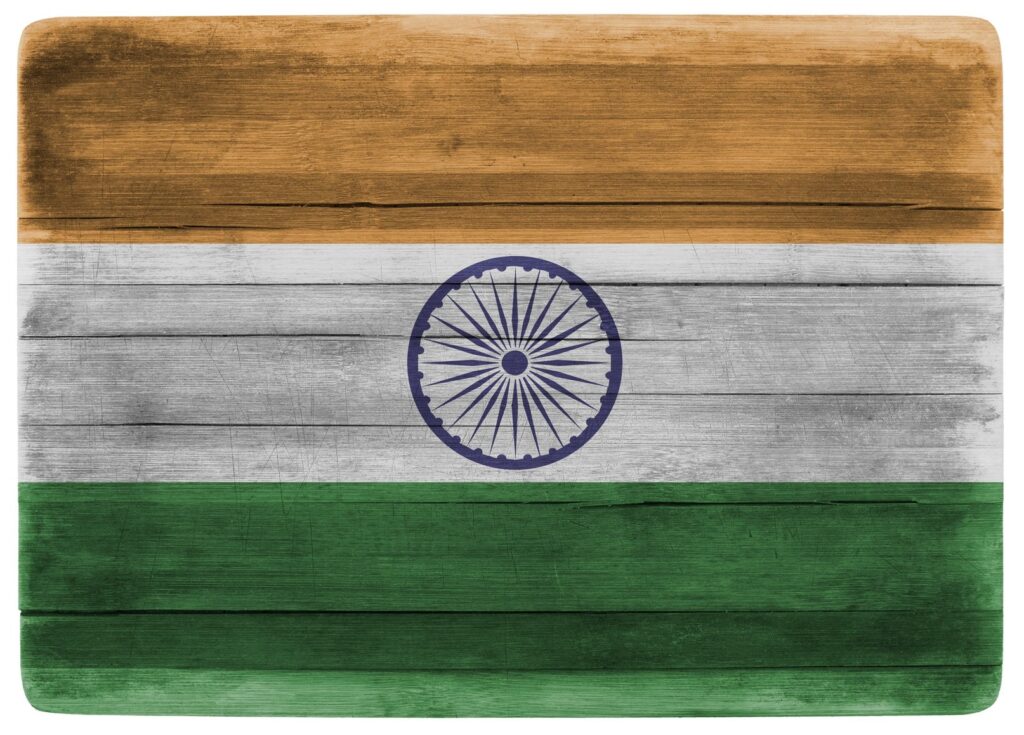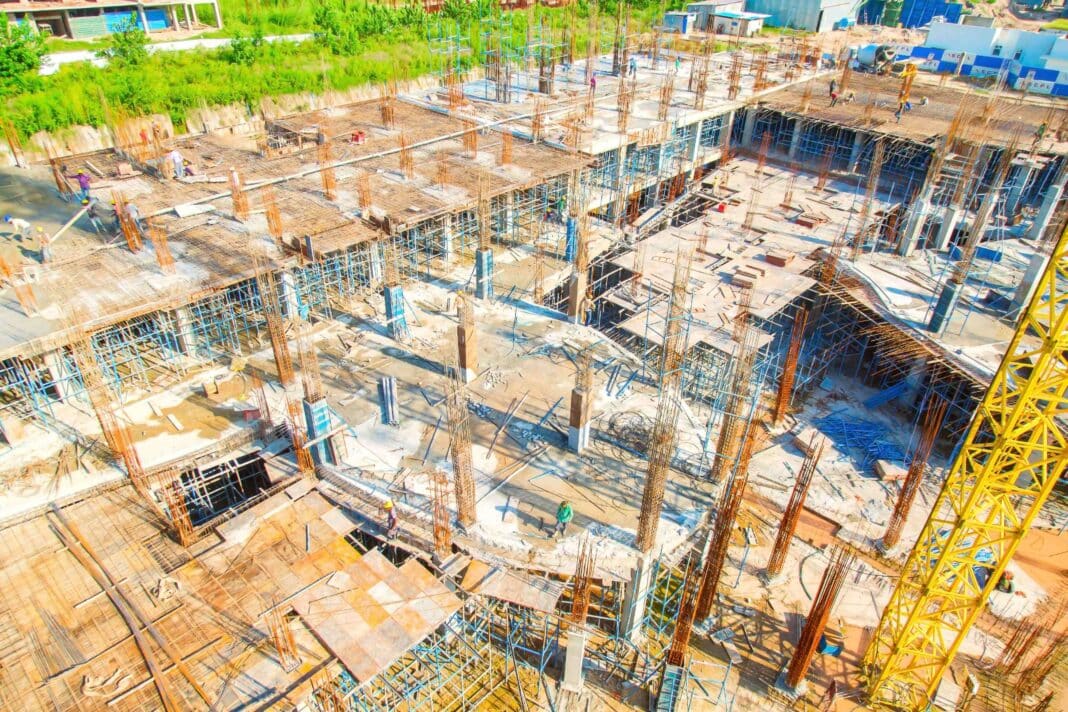A widening Interest in eco-friendly and sustainable building practices in India, specifically ‘green timber’ construction, is galloping across the world’s most populous country.
Since India lifted a 27-year ban on using timber in public buildings, the country is now the world’s largest consumer of wood for residential construction.
According to the Indian Centre for Science and Environment, the country’s annual demand for wood is 63 million cubic metres – 30 million cubic metres for domestic production and 33 million cubic metres from imported sources.
Interest is also mounting, particularly for government housing, in importing complete low-cost engineered wood building technology, initially for pilot programs based near or inside India’s certified forests – systems well developed for export by Australia with pilot programs now underway in Malaysia.
The Indian Green Building Council (IGBC) agrees wood construction offers numerous environmental benefits compared to conventional building materials such as concrete and steel.

This follows a remarkable surge in the demand for residential properties across India’s top eight cities, with a recent government decree stipulating that federal housing schemes include “a greater mix” of wood, especially low-cost engineered wood systems.
This housing upswing has been primarily driven by increased activity in the mid-income, premium, and luxury segments despite facing challenges such as elevated mortgage rates and property prices.
The World Bank’s latest global economic prospects report says this growth is due to strong domestic demand and a surge in investment, propelling South Asia to be the fastest-growing region.
But while India’s economy is forecast to expand another 6.6% this year, the overall risks facing neighbouring world economies tilt toward the negative.
The East Asia and Pacific region, which includes China, South Korea, ASEAN nations, and Pacific Island nations, is expected to slow down to 4% this year, from 4.2%. China’s growth rate is projected to drop further by 4.8% from 5.2%.
Nikkei Asia reports that China’s ongoing property sector slump, weak retail sales and poor business sentiment are hurting investment as domestic and international policy uncertainty scares off investors.
A worse-than-expected downturn could spill over into global commodity price volatility should Chinese demand for energy and other commodities weaken. Economies with strong trade ties to China could be especially vulnerable.

Indonesia and Vietnam are two bright spots among the region’s major economies, with growth projections of 5% and 5.5%, respectively.
Among advanced economies, Japan’s sluggish consumption growth, slowing exports, and stabilising tourism sector remain well below levels in the decade before the pandemic and “insufficient” for reaching key worldwide development goals, reports Japan-based Nikkei Asia.
In the US, November’s presidential election has the potential to escalate geopolitical tensions, fragment trade, and hamper Asia-Pacific economies. The global lender said former US President Donald Trump’s protectionist trade policies could be an issue should he win office.
“US companies appear to be shifting operations from China to other countries. This trend may accelerate as the expectations of swift resolutions of trade tensions have declined over the past year,” World Bank deputy chief economist Ayhan Kose said.
“Recent trade tensions have led to shifts in trade patterns and trade flows,” he said.
In 2023, the demand for residential properties across the top eight cities in India surged remarkably, reaching an unprecedented peak. This upswing was primarily driven by increased activity in the mid-income, premium, and luxury segments despite challenges such as elevated mortgage rates and property prices.
This positive momentum in India’s housing market is anticipated to continue steadily in 2024 as a potential reduction in interest rates should enhance the performance of the rate-sensitive affordable housing sector.
Data from Knight Frank India reveals that the top eight property markets witnessed a 5% growth in annual sales. The Mumbai region recorded the highest sales, amounting to 86,871 units, showcasing a 2% growth
India’s wide shift to timber buildings is seen as an acceptance of a renewable resource requiring less energy to produce than other materials.
Leadership in Energy and Environmental Design (LEED) is an international green building certification system developed by the US Green Building Council (USGBC).
The LEED building rating system has several categories that wood buildings can comply with to achieve certification. Using FSC and PEFC-certified engineered wood products can contribute points under LEED’s Sustainable Sites and Materials and Resources categories.
Adhering to green building practices related to energy efficiency, water use reduction and indoor environmental quality can earn points towards LEED certification.
The Green Rating for Integrated Habitat Assessment (GRIHA) is India’s own national rating system for green buildings developed by the Energy Resources Institute and the Ministry of New and Renewable Energy.
GRIHA’s criteria and point system awards credits for sustainably harvested wood products under the ‘Sustainable Building Materials’ section. Engineered wood products such as cross-laminated timber (CLT) and patented engineered wood technology focused on a burgeoning forest recovery sector to develop small-diameter true rounds or peeler cores containing recycled wood fibres also contribute credits. Using timber optimally to reduce wastage helps score points as well.
An Australian company is already exporting this technology with a ‘green’ pilot housing project now under way in Malaysia.
The Indian Green Building Council (IGBC) developed its ‘green homes’ rating system to evaluate green residential buildings. It contains criteria for site planning, water conservation, energy efficiency, material selection, indoor health, and comfort.

Using timber materials, products and engineered wood framing from sustainably managed sources can help wooden homes meet IGBC Green Homes certification requirements.
Aimed at scaling up green affordable housing projects in India, the SUNREF Housing India program was launched by the French Development Agency (Agence Française de Dévelopment (AFD) in partnership with the National Housing Bank (NHB) and with financial participation from the European Union (EU).
India has a diverse range of wood species for constructing eco-friendly homes, with teak being one of the most popular species used:
Imported softwoods such as radiata pine from New Zealand are often used in India for frames, trusses and interior finishes. Pine is lightweight, versatile, and relatively inexpensive.
Sal is another naturally termite-resistant wood found abundantly in India. It has a coarse texture and dries quickly. The timber is very sturdy and is excellent for load-bearing structures. It is commonly used for roof trusses, rafters, beams and columns.
Though technically a grass, bamboo can provide a sustainable and renewable building material. It has very high compressive strength and is naturally insect-resistant. Bamboo structures are lightweight yet very durable.






